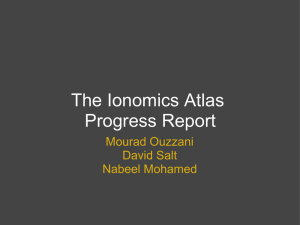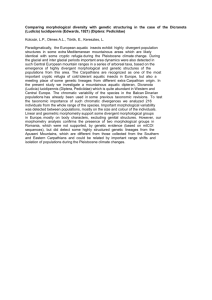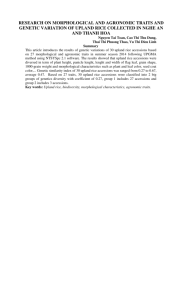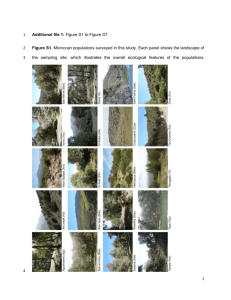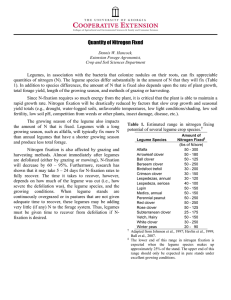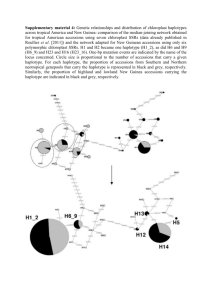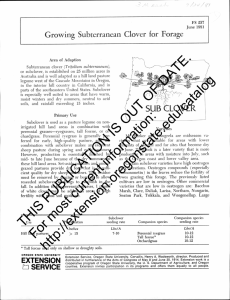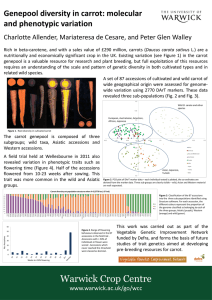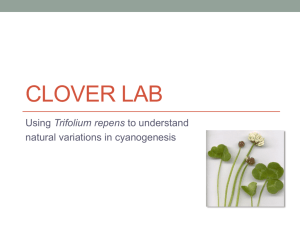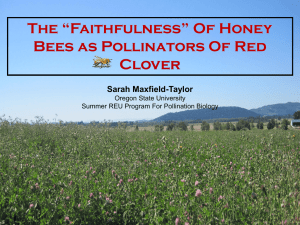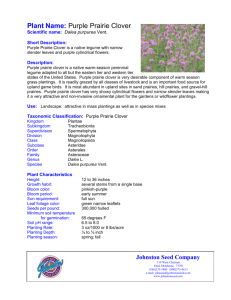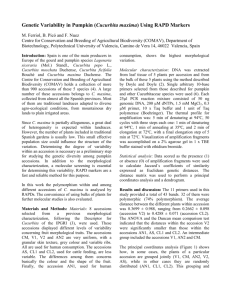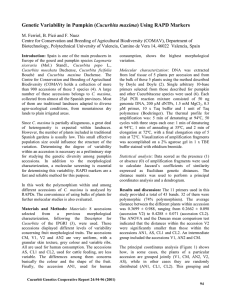Molecular approaches for the exploitation of genetic diversity in
advertisement
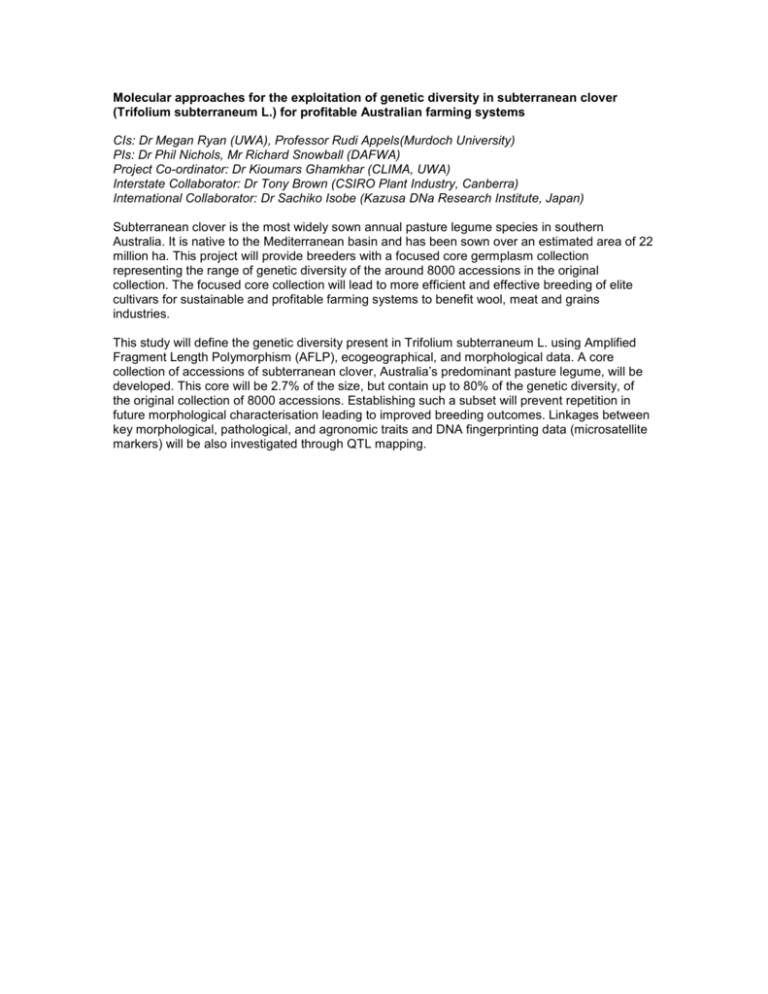
Molecular approaches for the exploitation of genetic diversity in subterranean clover (Trifolium subterraneum L.) for profitable Australian farming systems CIs: Dr Megan Ryan (UWA), Professor Rudi Appels(Murdoch University) PIs: Dr Phil Nichols, Mr Richard Snowball (DAFWA) Project Co-ordinator: Dr Kioumars Ghamkhar (CLIMA, UWA) Interstate Collaborator: Dr Tony Brown (CSIRO Plant Industry, Canberra) International Collaborator: Dr Sachiko Isobe (Kazusa DNa Research Institute, Japan) Subterranean clover is the most widely sown annual pasture legume species in southern Australia. It is native to the Mediterranean basin and has been sown over an estimated area of 22 million ha. This project will provide breeders with a focused core germplasm collection representing the range of genetic diversity of the around 8000 accessions in the original collection. The focused core collection will lead to more efficient and effective breeding of elite cultivars for sustainable and profitable farming systems to benefit wool, meat and grains industries. This study will define the genetic diversity present in Trifolium subterraneum L. using Amplified Fragment Length Polymorphism (AFLP), ecogeographical, and morphological data. A core collection of accessions of subterranean clover, Australia’s predominant pasture legume, will be developed. This core will be 2.7% of the size, but contain up to 80% of the genetic diversity, of the original collection of 8000 accessions. Establishing such a subset will prevent repetition in future morphological characterisation leading to improved breeding outcomes. Linkages between key morphological, pathological, and agronomic traits and DNA fingerprinting data (microsatellite markers) will be also investigated through QTL mapping.
